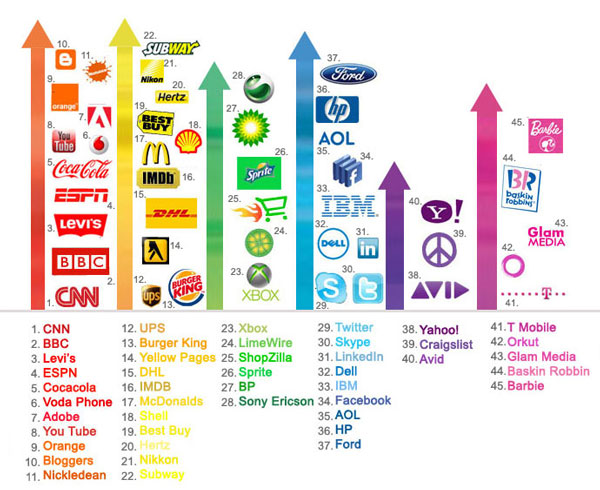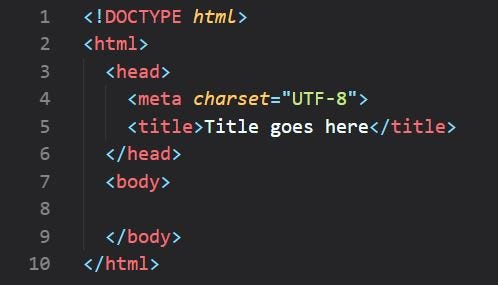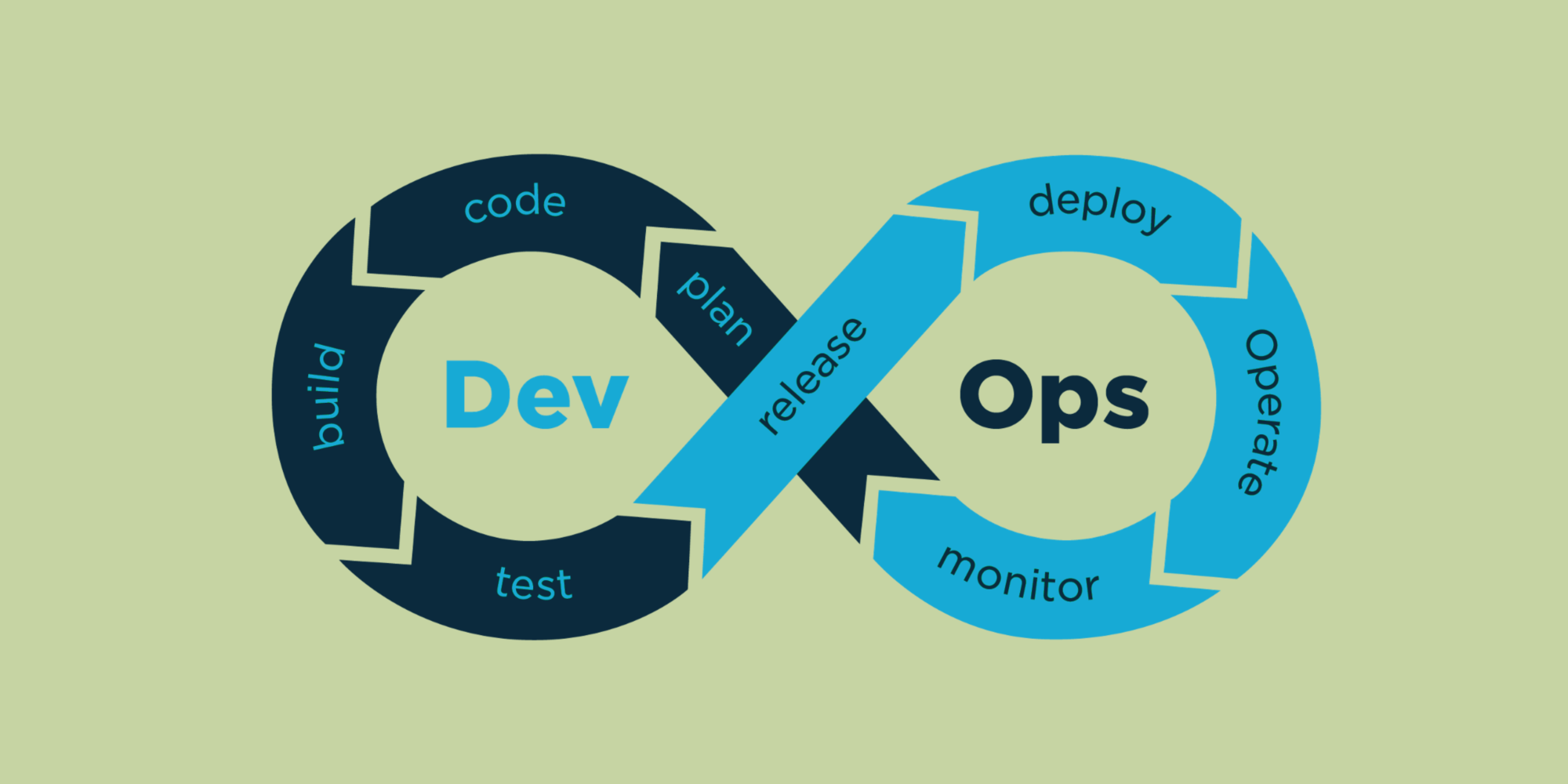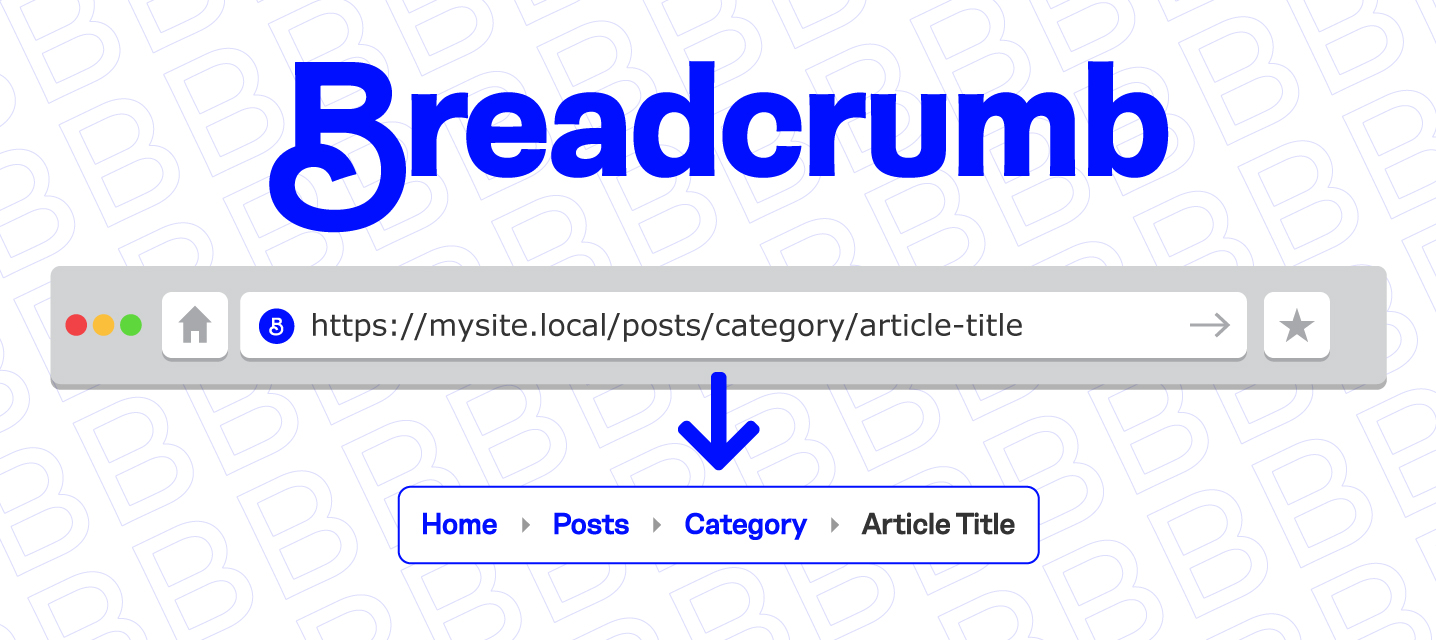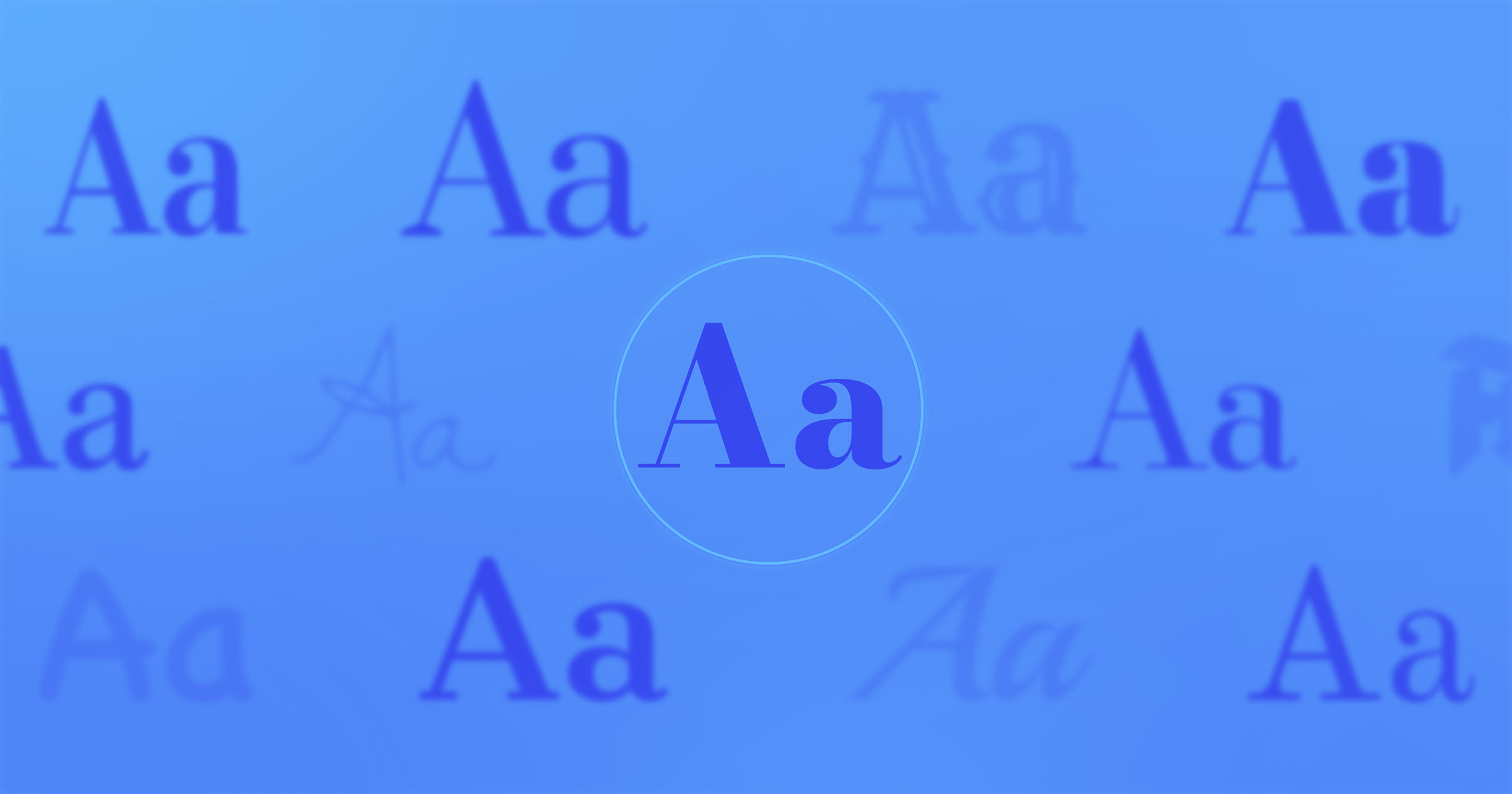HTTP: Basics and principles of the protocol

HTTP (Hypertext Transfer Protocol) is one of the key protocols used for data transfer on the Internet. It facilitates the exchange of information between clients (typically web browsers) and servers, enabling the operation of web applications and websites. This article explores the fundamental aspects of HTTP, its methods, how it works, and its role in modern technology.
What is HTTP?
HTTP is an application-level protocol that is part of the TCP/IP protocol stack used on the Internet. It is designed to transmit hypertext documents, such as HTML. HTTP operates on a request-response model, where a client sends a request to a server, and the server responds with the appropriate data.
Key Characteristics of HTTP
1. Client-Server Architecture
HTTP operates on a client-server model, where the client is a web browser or any other application sending requests, and the server is a web server processing these requests and returning responses.
2. Statelessness
HTTP is a stateless protocol, meaning each interaction between the client and server is independent of any other interactions. The server does not retain information about previous client requests, simplifying processing and scalability.
3. HTTP Methods
HTTP supports several methods that define the type of action to be performed on a resource:
- GET: Requests a representation of a resource. It is most commonly used to retrieve data.
- POST: Sends data to the server to create a new resource or update an existing one.
- PUT: Uploads the current state of a resource. It is used to create or update a resource at the specified URI.
- DELETE: Deletes the specified resource.
- HEAD: Requests the headers of a response without the body. It is used to obtain metadata without transferring data.
- OPTIONS: Returns the supported methods and other options for a resource.
4. Structure of an HTTP Message
HTTP messages consist of three parts: a start line, headers, and a message body.
- Start Line: For a request, it includes the method, URI, and protocol version, while for a response, it includes the protocol version, status code, and reason phrase.
- Headers: Key-value pairs providing additional information about the request or response, such as content type, length, cookies, and more.
- Message Body: Includes the data transmitted with the request or response, such as the content of a web page or form data.
5. Status Codes
Each HTTP response includes a status code indicating the result of the request:
- 1xx (Informational): The request was received and is continuing.
- 2xx (Success): The request was successfully processed.
- 3xx (Redirection): Further action is required to complete the request.
- 4xx (Client Error): The request contains a syntax error or cannot be fulfilled.
- 5xx (Server Error): The server failed to fulfill a valid request.
How HTTP Works
Client Sends a Request: When you enter a URL in your browser's address bar and press Enter, your browser sends an HTTP request to the corresponding server.
Server Processes the Request: The server receives the request, performs the necessary actions (such as retrieving data from a database or processing application logic), and prepares a response.
Server Sends a Response: After processing the request, the server sends a response back to the client. The response contains a status code, headers, and, in most cases, a message body with data.
Browser Displays the Response: The client receives the response and, depending on its type, displays it (e.g., renders a web page).
Security in HTTP
1. HTTPS (HTTP Secure)
HTTPS is an extension of the HTTP protocol that provides secure data transmission through encrypted connections. HTTPS uses SSL/TLS to encrypt data, ensuring confidentiality and data integrity.
2. Authentication and Authorization
HTTP also supports various authentication and authorization mechanisms, allowing control over resource access and data security.
HTTP is a fundamental protocol that enables the operation of the Internet and web applications. Its simplicity and flexibility have made it the standard for data transmission on the web. Understanding the basic principles and characteristics of HTTP is a crucial skill for web developers and network specialists, ensuring efficient and secure data transmission in modern web applications.







